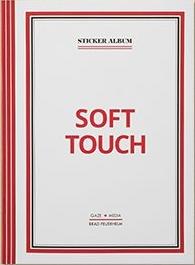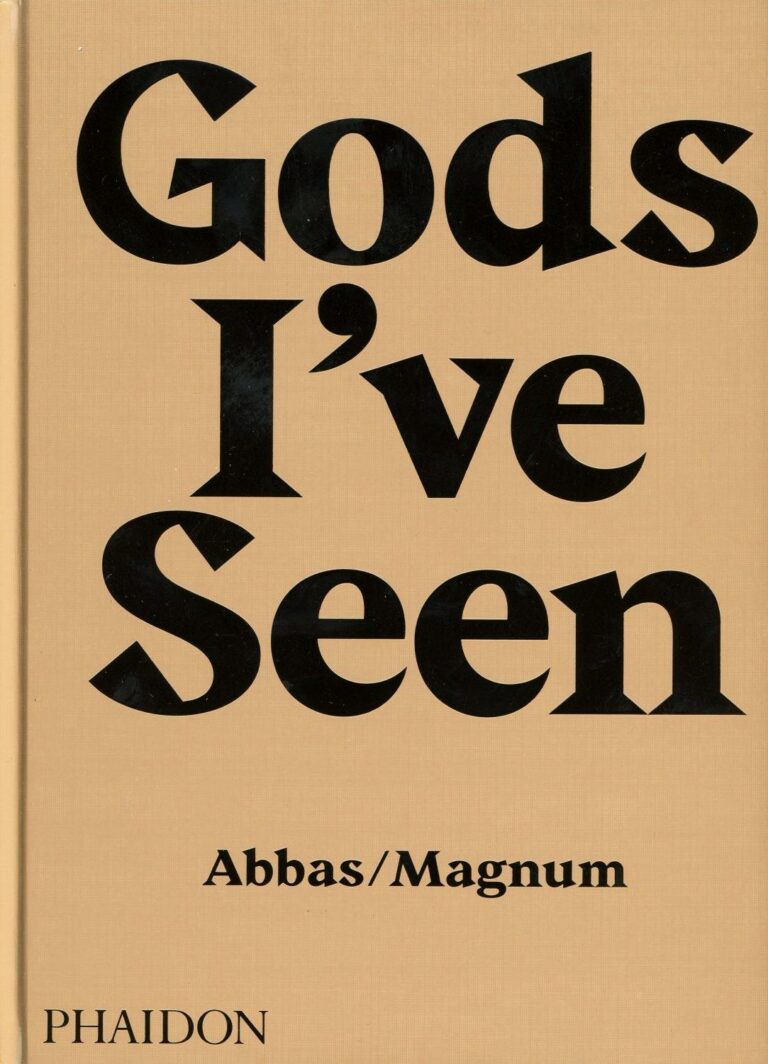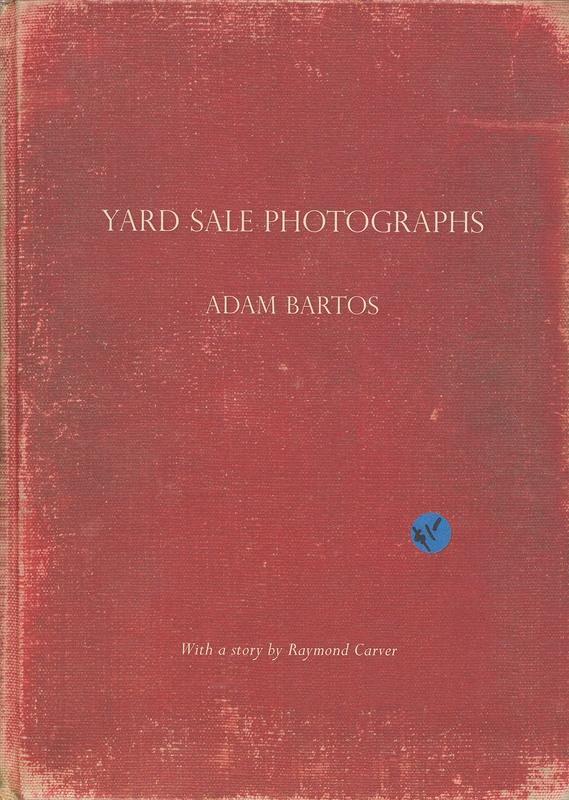Lee Miller’s War

“Lee Miller’s work for Vogue from 1941 to 1945 sets her apart as a photographer and writer of extraordinary ability. She has joined the ranks of those rare war correspondents and photographers whose vision goes far beyond mere reportage and commands the attention of generations. The quality of her photography from the period has long been recognized as outstanding. Now, for the first time, its full range is shown, accompanied by her brilliant text.” “Lee Miller was born in Poughkeepsie, New York, in 1907. “Discovered” by Conde Nast in 1927 as the beauty of her generation, she went on to be a fashion model, the protegee and lover of Man Ray, a central character in the circle of Surrealists, and a renowned and innovative photographer in her own right for Vogue. When war broke out, Miller was enjoying what appeared to be a charmed life in Britain, but bored with mundane assignments and utterly frustrated that the biggest story of her life was taking place without her, she managed to secure accreditation to the U.S. Armed Forces as a war correspondent. From that point, Vogue’s coverage took on a quality more usually associated with the best news magazines.” “Dressed in olive drab, winning the affection of soldiers of all ranks, armed with a battered Baby Hermes typewriter, basic camera equipment, and an iron will, she went straight to the heart of the grim business of war. She found it agony to commit events to paper, but her voracious appetite to be a witness of military action and human reaction led to an enormous output of words. Her writing manages to combine immediacy with acute observation, and deep personal involvement with professional detachment.” “Complementing this naturally talented writing are one hundred and eighty remarkable photographs from the Lee Miller Archives, many previously unpublished. With their own quality of surrealist irony, which verges at times on the horrific and at other times on the hilarious, they show war-ravaged cities, buildings, and landscapes but also war-resilient people–soldiers, leaders, medics, evacuees, prisoners of war, the wounded, the villains, and the heroes.” “There is the raw edge of combat portrayed during the siege of St Malo and the bitterly fought Alsace campaign, and the disbelief and outrage Lee Miller describes at being among the first to witness the victims of Dachau. The horror is relieved by the spirit of post-Liberation Paris. Here she indulged in frivolous fashions and recorded memorable conversations with Picasso, Cocteau, Eluard, Aragon, and Colette. She ends with a first-on-the-scene report giving a sardonic description of Hitler’s abandoned house in Munich and the looting and burning of his alpine fortress at Berchtesgaden, which marks a symbolic end to the war.”–
Out of stock
Out of stock






